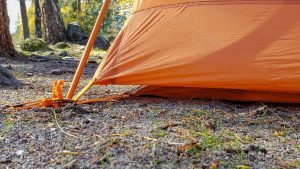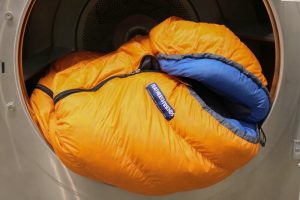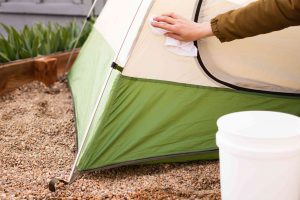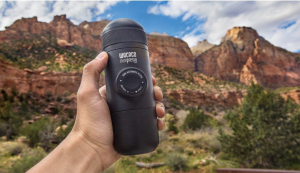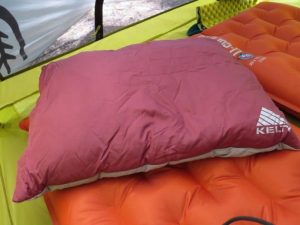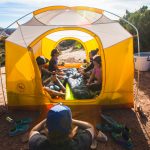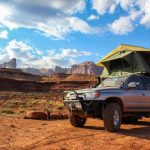Bivy sacks are an ultralight shelter that is becoming increasingly popular with outdoor enthusiasts. Even though they were invented in the mid-20th century, it wasn’t until recently that they became a mainstream option for backpackers and hikers because of their low weight and packability. Today we will be discussing how to choose the perfect bivy sack and everything you need to know about it.
Table of Contents
What is a Bivy Sacks?
A bivy sack is a lightweight, waterproof shelter that can be used in place of a tent. Bivy sacks are also referred to as bivouac sacks, but either name is correct. A bivy sack typically consists of one or more waterproof fabric panels stitched together with protective mesh openings for air circulation and headroom. The seams are usually taped or otherwise sealed so that the bivy sack is waterproof.
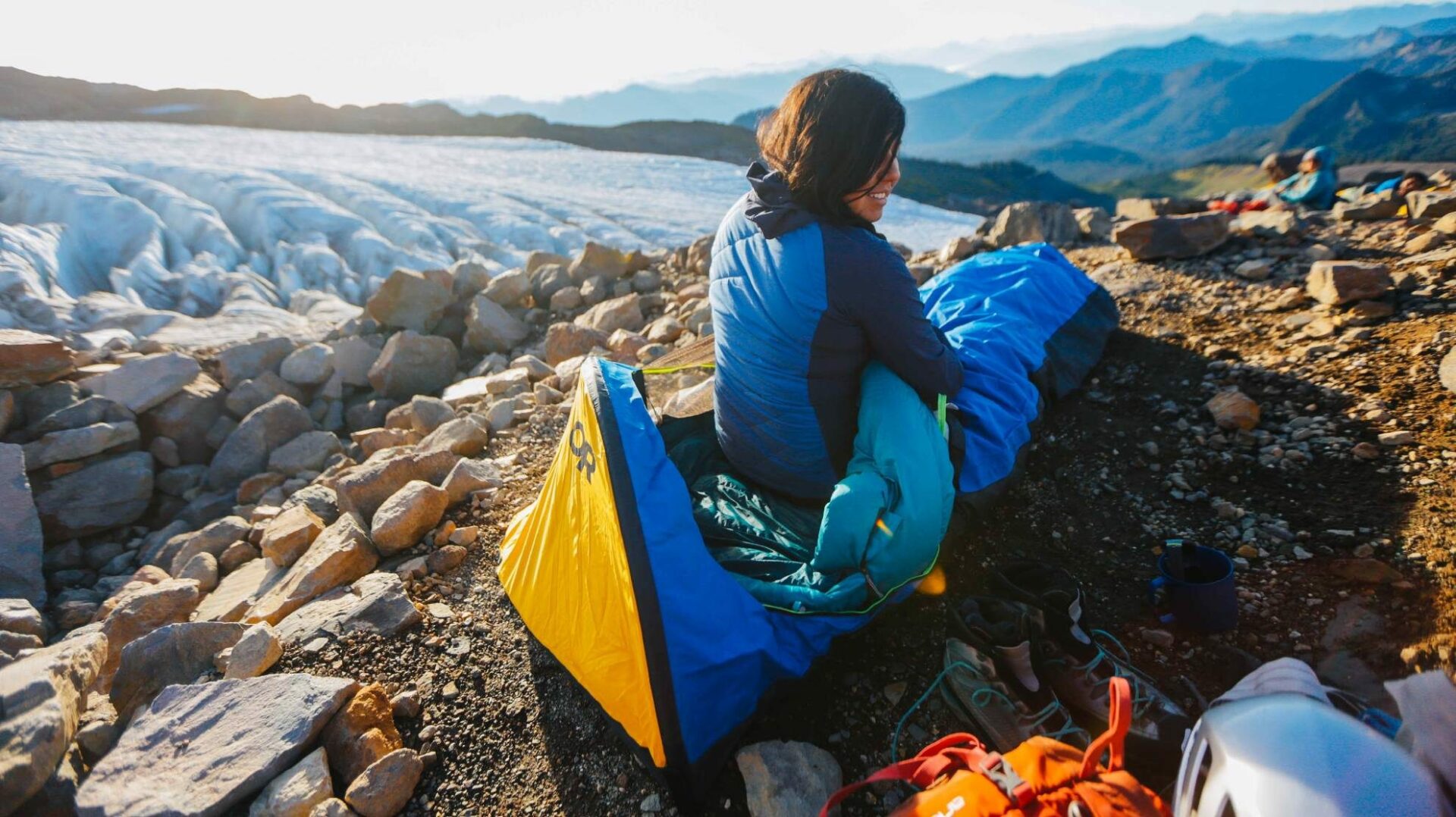
Type of Bivy Sacks
It is important that you choose the right kind of sack for your needs before buying. There are two main types of bivy sacks: open and closed.
- Open bivy sacks provide more ventilation than closed ones, but they do not offer much protection from the elements. For this reason, you should choose an open sack if you plan to hike in mild weather conditions during the summer months. A good rule of thumb is that all open sacks can be used in temperatures above 20 degrees Fahrenheit, and that closed bivy sacks should only be used when the temperature is below this threshold.
- Closed bivy sacks provide better insulation than open ones so they are best suited for colder conditions or higher altitudes. When choosing a closed sack you will want to look at its r-value. The r-value measures how well a material resists heat flow, so the higher its value is, the better it will insulate. For example, closed bivy sacks with an r-values of around 0 are best suited for temperatures below 20 degrees Fahrenheit while those with an r-value of about -20 can be used when the temperature is below 0 degrees Fahrenheit.
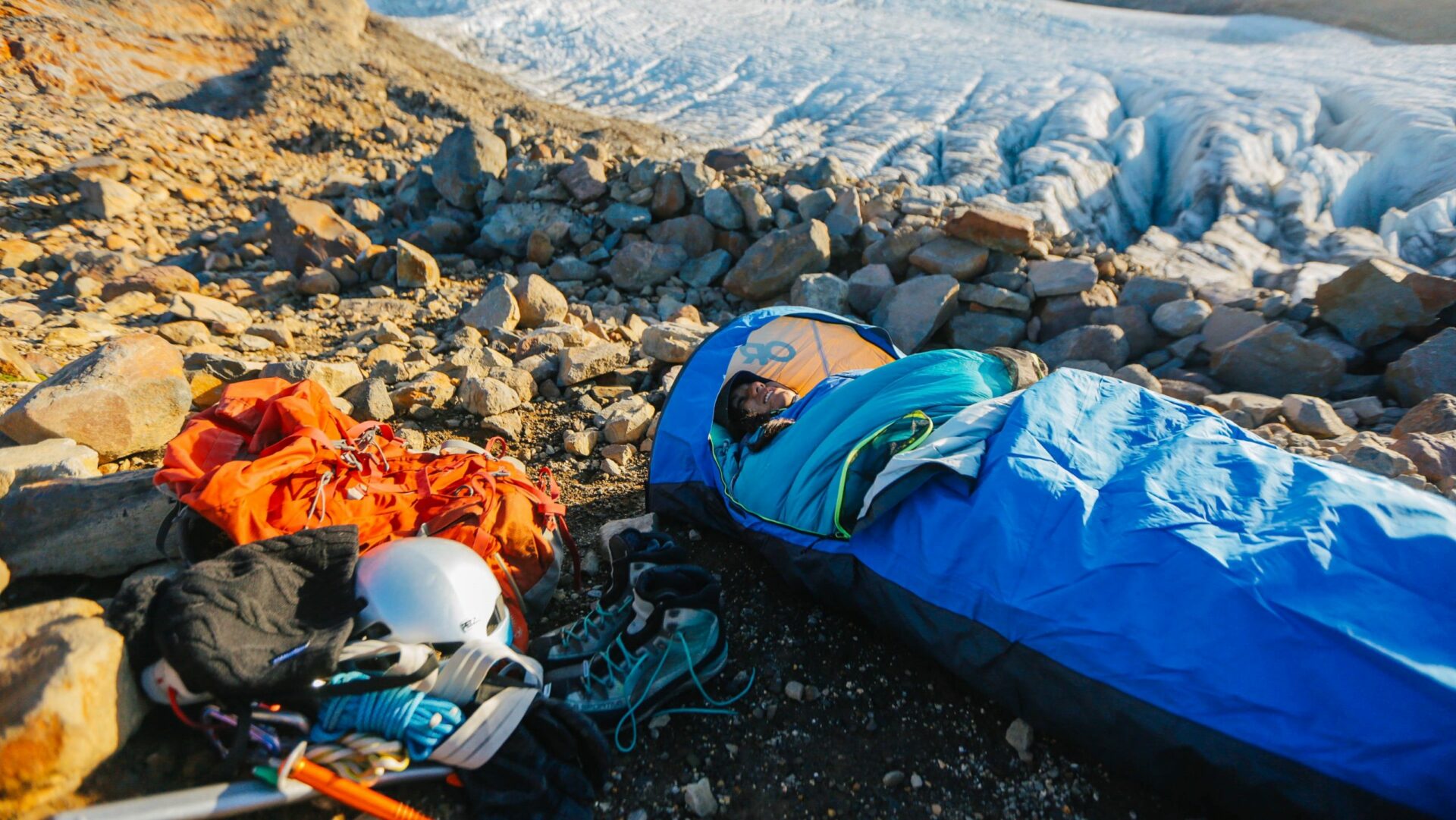
Fabrics Used in Bivy Sacks
Most bivy sacks are made of either waterproof nylon or cuben fiber (a type of high-density polyethylene). Both are lightweight, durable materials that will protect you from the elements.
Waterproof Nylon vs Cuben Fiber
The main difference between these two fabrics is their weight and durability.
Cuben fiber is lighter than nylon, but it tends to be more expensive as well. It provides better protection against windblown rain since its denier (the unit used to measure the fiber’s thickness) is higher than nylon, but it also tends to be less durable. Cuben fiber bivy sacks are best suited for backpackers who hike in mild conditions or at lower elevations since they may need to be repaired more often.
On the other hand, you can use waterproof nylon bivy sacks in a wider range of conditions since they are cheaper and more durable. Nylon bivy sacks also do not need to be repaired as often, but they tend to weigh more than their Cuban fiber counterparts.
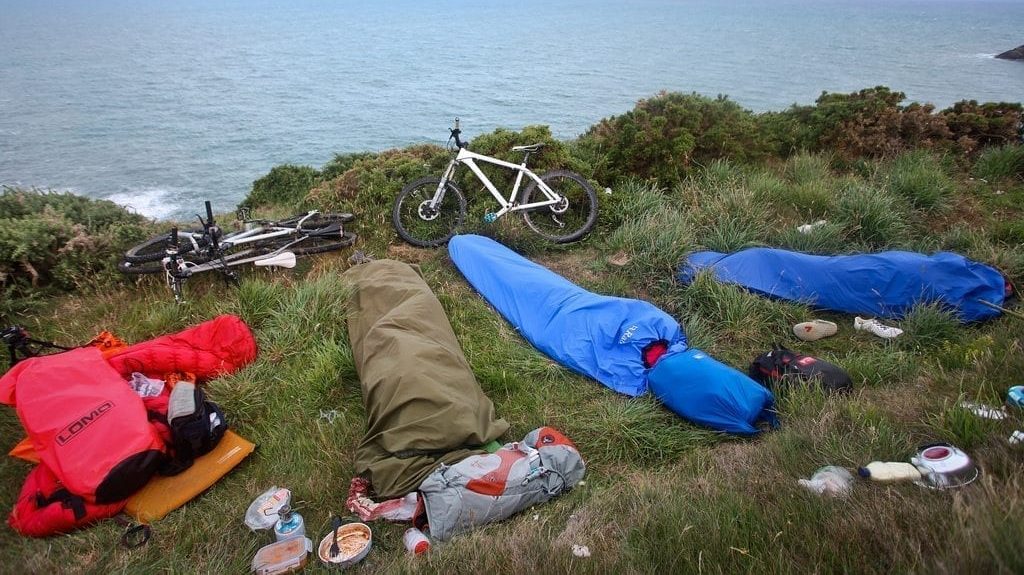
Material Thickness
When choosing your bivy sack it is important that you consider its material thickness (denier). The denier refers to the thickness of a material and indicates how much stress it can handle. A higher number means greater strength so keep in mind that thicker fabrics provide better protection than thinner ones, but they will also weigh more.
Most Cuban fiber bivy sacks have a lower denier (less than 200) while most nylon bivy sacks have a denier between 200 and 500.
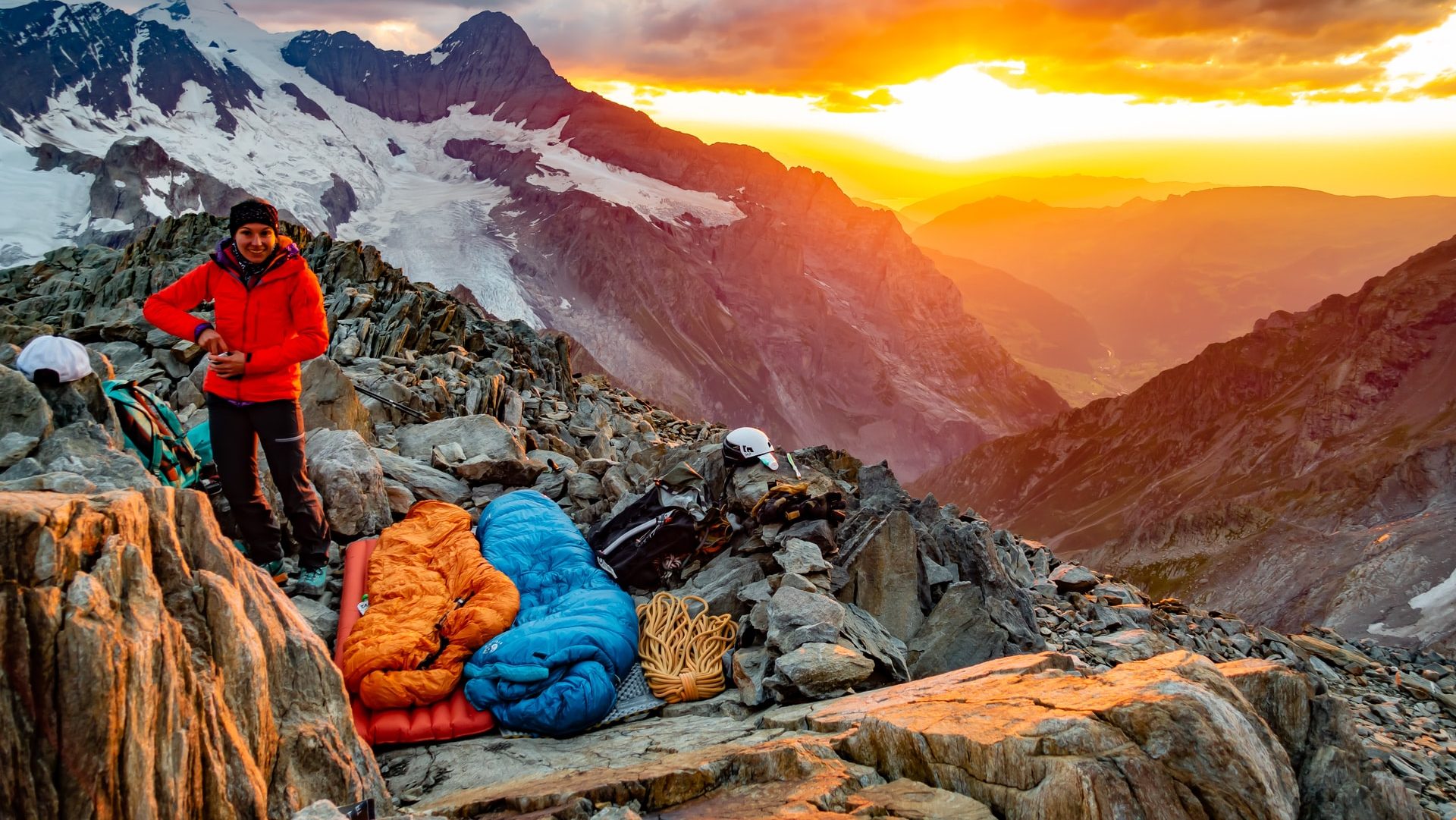
Waterproofing
Another important factor to consider is how well the bivy sack is waterproofed. It should be able to keep you dry in most conditions, but there are some areas that will inevitably see heavier rainfall during certain times of the year or due to weather patterns. If you plan to camp in areas that receive a lot of rain, look for bivy sacks with double or triple seams as these will provide better protection from water leaks.
Price
Bivy sacks are relatively inexpensive so it is not necessary to spend too much money on them unless your budget allows it. In addition, most brands offer waterproofing warranties so you will want to look for one with a good warranty.
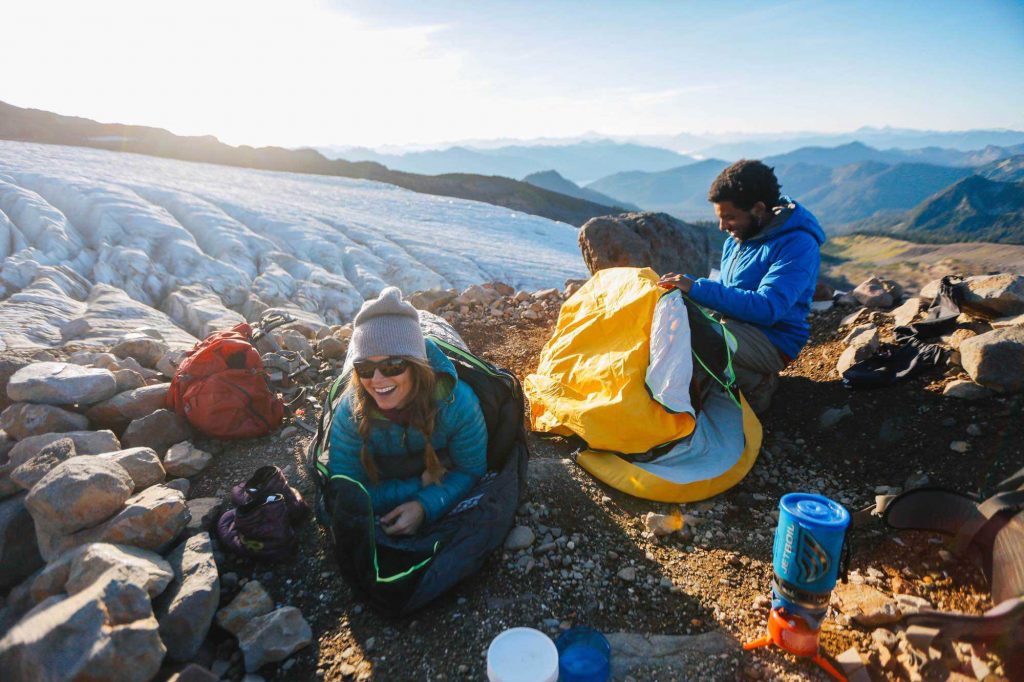
Weight
Bivy sacks generally weigh between 0.75 and two pounds, but there are some ultralight options that weigh as little as 0.25 ounces (around seven grams). Remember that the lighter they are, the more comfortable they will be, but the less protection they will provide.
Consider how well the bivy Sack Fits.
First of all, check its dimensions as there are some ultralight options that only fit people up to six feet or so tall while others can accommodate taller backpackers as well. In addition, look at the size of your sleeping pad – if it is wider than the bivy sack, you can try using a larger pad or tucking your sleeping bag around it to prevent it from sliding off during the night.
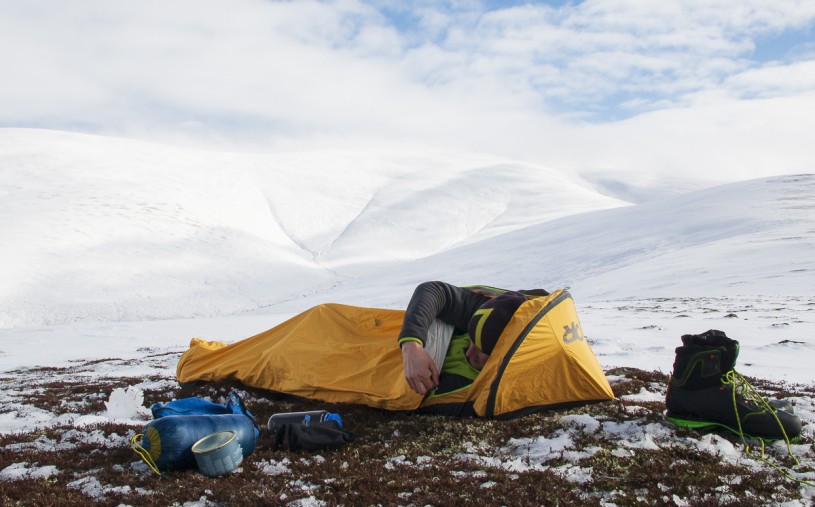
What to Look For When Choosing a Bivy Sack
- Check if it is waterproofed and at what denier the material has been made with, an area that can see heavy rainfall should have double or even triple seamed bivy sacks. Be aware of any warranty available for waterproofing.
- Check the weight of the product, if it’s ultralight then this would be a good choice but take into consideration how well protected you will feel from heavy rainfall and windblown rain as these have a lower denier than other bivy sacks so they may not be very durable.
- Consider what fabrics are best suited for the temperatures in your camping area, if you camp in a colder climate then makes sure to check out bivy sacks with an R-value of around 0 are best suited for temperatures below 20 degrees Fahrenheit while those with an R-value of about -20 can be used when the temperature is below 0 degrees Fahrenheit.

What to Avoid When Choosing a Bivy Sack
Bivy sacks come in all shapes and sizes, but there are some things that it is important to avoid when choosing one.
- Avoid bivy sacks with very small openings since they will make you feel claustrophobic. Instead, look for ones with large enough entrances so that you can enter without feeling restricted by the fabric.
- Avoid bivy sacks with heavy seams since they can add unnecessary weight. Instead, look for ones that have been double or even triple seamed in areas where the fabric is likely to see a lot of stress from wind and water exposure.
- Avoid finding bivy sacks without seam taped waterproofing as this will make it more likely for you to develop leaking problems. Instead, make sure that all seams have been specially treated with seam tape so that water does not get in through the stitches.
- Avoid bivy sacks without a waterproof bottom since this will allow moisture from the ground into your shelter and may expose you to a greater risk of developing hypothermia or even pneumonia. Instead, find bivy sacks that have a waterproof bottom to keep you dry and warm throughout the night no matter where you are camping.
- Avoid finding waterproofing with low denier fabrics since these will rip very easily and not provide adequate protection against heavy rainfall or high levels of wind exposure. Instead

FAQ
Q.Do I need an oversized bivy sack?
A.Oversized models are heavier and provide more protection against bad weather since they have thicker fabrics. However, it is not necessary to get one if you plan on camping in mild conditions.
Q.How much should I spend?
A.Bivy sacks are usually inexpensive, so you should not spend more than $60-$70 on one unless it is specially designed for mountaineering or backpacking trips where bad weather conditions can occur frequently and unexpectedly.
Q.What if I don’t like the bivy sack once I get it?
A.Most bivy sacks come with a 30-day money-back guarantee, so if you are unhappy with it then you can return the product for your full refund.
Q.What is the best way to wash my bivy sack?
A.It is best to wash your bivy sack by hand with a mild detergent and warm water. Then, you should let it air dry overnight so that no mold starts to grow inside of it.
Q.What if I plan on camping in very cold weather?
A.If you are planning on going out into colder temperatures then it is important that you choose a bivy sack with an R-value of -20, and if possible one that comes with extra insulation in the foot area.
Q. When should you choose a bivy sack with an R-value?
A. If you are camping in colder climates, look for bivy sacks that have been made from thicker fabrics so they can keep you warm when the temperature is below 20 degrees Fahrenheit.
Q. Why should you choose a bivy sack with an R-value?
A. This will help to protect your body from temperatures below 20 degrees Fahrenheit so that you stay warm and comfortable throughout the night no matter where you decide to camp.
Q: What is a denier?
A: Denier refers to how thick the material used to make the bivy sack is, this should generally be around 500-1000 d for all weather conditions.
Q: What are double seams?
A: Double seams refer to when two pieces of fabric have been sewn together so that there is a second line of defense against water getting in through the stitches and also so that there is added durability.
Q: Why are bivy sacks important?
A: Bivy sacks help to protect you from all weather conditions, especially in the winter when it is colder outside. They also provide added warmth during cold temperatures and protection against strong gusts of wind.
Q: How do you choose the right size of bivy sacks?
A: To make sure that you get a good fit, measure your height and then find one that is two inches shorter than this measurement.
Q: What are waterproof bottoms made out of?
A: Waterproof bottom fabric can be either gore-tex or nylon taffeta.
Q: What is a waterproof bottom?
A: A waterproof bottom means that the bivy sack has been designed with a layer of fabric near the base so that you stay dry even if it begins raining while you are sleeping in your tent or bivy sacks.
Q: How do I know if my bivy sack has been double-seamed?
A: Double seaming is when two pieces of fabric have been stitched together, creating a second line of defense against water getting into the bivy sacks. Look for areas that are most likely to see damage or wear in order to find where this stitching may be located.
Q. Where should I store my bivy sack when not in use?
A. Avoid storing your bivy sack where there is a lot of moisture like in the basement or attic because this will make it more likely to develop mold and mildew which can be harmful to your health even if you do not notice them at first. It’s best to store your bivy sacks outside during winter months, or in a room that does not have humidity problems.


